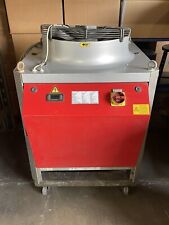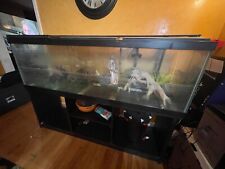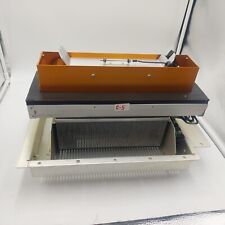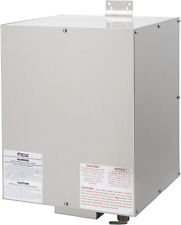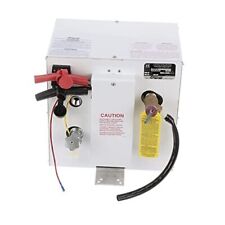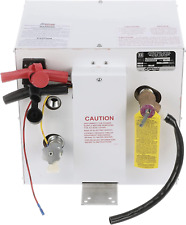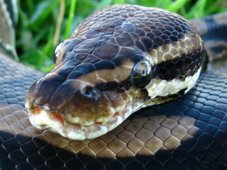Health of Kingsnakes
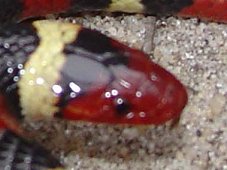
The right diet and good housing contribute to your pet’s overall health, as does a good level of hydration. Keep a shallow bowl of water by your kingsnake’s enclosure, and check constantly that it’s clean. These snakes can use their water bowls as toilets, causing numerous health problems.
When you first get a kingsnake, check for mouth staining, eye discharge and scabs, all indicators of poor health. It’s a good idea to get a vet to check out your pet right after you’ve bought it. You’ll usually need to provide a fecal sample to help with this.
Like all snakes, kingsnakes regularly rid themselves of an outer skin layer. Adults may shed less often than young snakes, but shedding generally happens several times a year.
While preparing to shed, a process called pre-ecdysis, your kingsnake’s skin may dull in color, their eyes may turn bluey gray, and your pet may become lethargic, go off its food, or seem not to enjoy being handled. Its vision may become blurred, so handle with particular care. You can help your kingsnake to loosen its skin by keeping a large water bowl in its tank for soaking itself. A light misting of the vivarium can also raise humidity levels.
Ecdysis, the shedding itself, usually starts when your snake rubs its head against rocks or climbing branch to loosen its skin. It will then crawl out of its old skin, which should be removed, along with any accompanying feces. Make sure all the old skin has come off, along with tail end and eyecaps. Bathe your snake and use tweezers to pluck off any remaining patches of skin, which could cause an infection otherwise.
Common Kingsnake Health Problems
Females sometimes retain eggs rather than laying them, and this is called egg binding. There could be several causes, including dehydration, malnutrition, malformed eggs, anatomical defects or just a lack of a private nesting area. Tell-tale signs are large lumps in the lower half of the body. Keep a close eye on your snake if this happens, and ensure she has a quiet nesting area. If the eggs are still not laid, your vet will suggest a range of treatment options, which might include surgical removal or hormonal stimulation.
Mites, small black parasites, can feed on your snake’s blood. Usually, you’ll find mites around the mouth and eyes and under scales. During an infestation, your snake may also stop eating or seem lifeless. You should bathe your reptile in warm water before disinfecting the tank and everything in it. You’ll probably also need to buy one of the various mite treatments available from pet stores.
Respiratory conditions are also common, and your kingsnake may sound wheezy with excessive saliva and nasal discharge. Poor cage conditions, low temperatures or excessive humidity can cause these conditions. The worst case scenario is mouth rot or even death, so seek veterinary help fast.
Finally, food regurgitation can be a symptom of problems. If this happens a lot, and your snake also loses excessive weight or displays other worrying symptoms, seek help from your vet.

